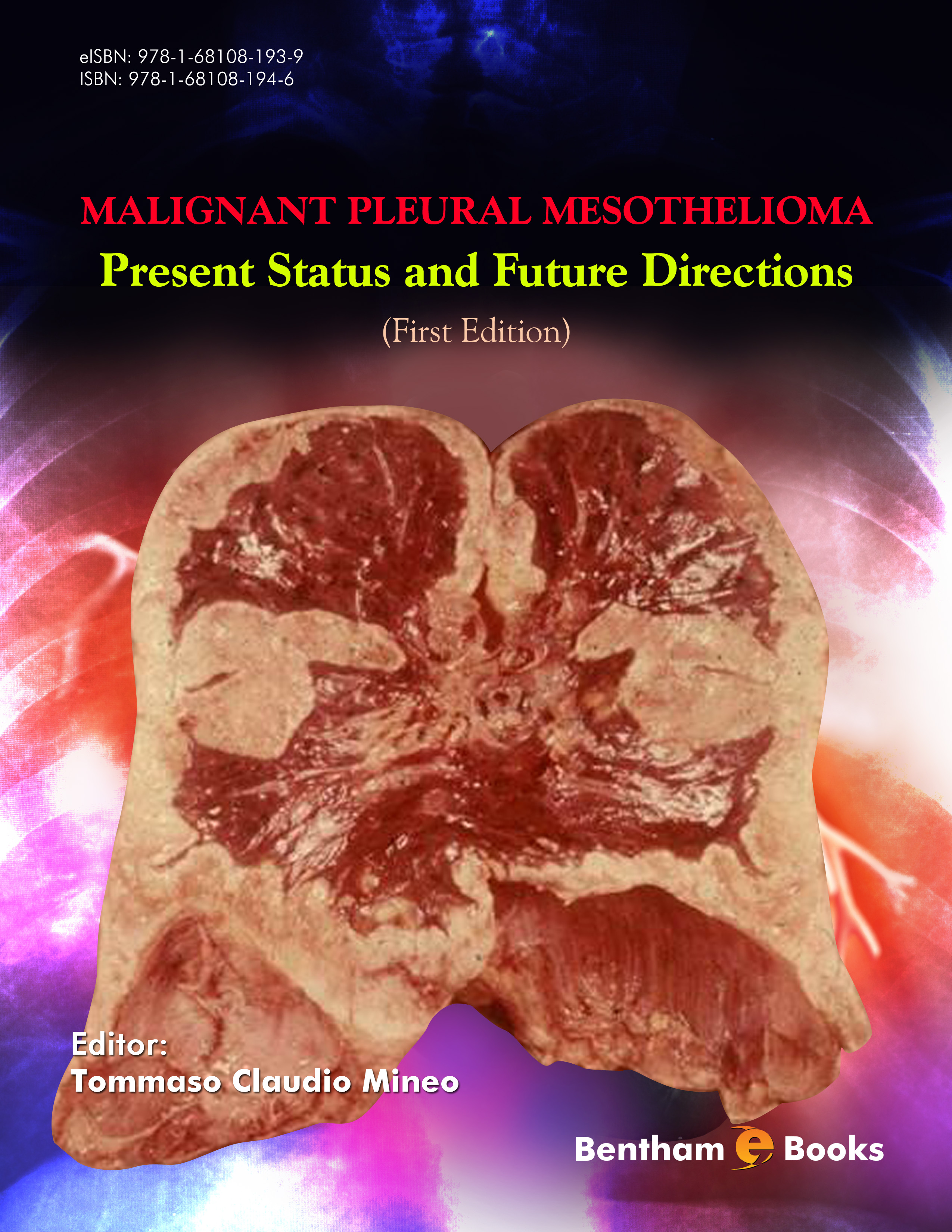Introduction
Malignant pleural mesothelioma is a life-threatening neoplasm of the mesothelium, the layer of tissue that covers many organs in the human body. The incidence of this type of neoplasm is gradually increasing among the global human population. Mesothelioma prognosis in patients is usually poor and their life expectancy is significantly reduced. This edited monograph presents holistic information about malignant mesothelioma in one volume. Readers will gain knowledge of the etiology, immunopathology of this disease and will understand the rationale for new treatment methods. The initial section of the book gives the historical context of mesothelioma in medicine. Subsequent sections illustrate mesothelioma epidemiology with respect to the problem of asbestos diffusion in different areas of the world such as Europe, The Americas, East Asia, Australia and Africa. This is followed by chapters detailing current information about asbestos and non-asbestos molecular biology and etiopathogenesis, as well as intriguing insights from human genetics and translational medicine. Other sections in this volume focus on clinical information; mesothelioma diagnosis and staging are thoroughly described with a focus on serum biomarkers and pleural liquid cytology. Additional sections provide information on treatment modalities, with one section dedicated to surgical procedures.
Malignant Pleural Mesothelioma: Present Status and Future Directions
is a comprehensive informational resource with well organized sections, aided by protocol charts, tables and figures. The book is essential for both medical oncology students and specialists who want to augment or update their knowledge about this neoplasm.

